Almost parallel with the famous Cheesering Quarry are the scant remains of a mine that are all too easy to walk past without being able to appreciate their rich history.
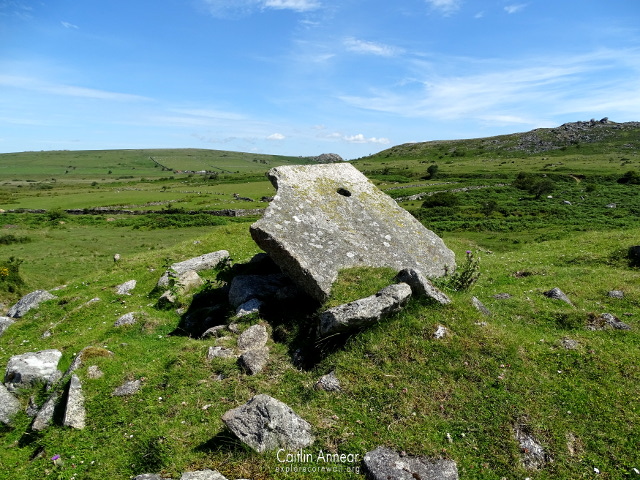
Bits and pieces are all that’s left of the 70″ pumping engine on Norris’ shaft.
Worked back into antiquity by the Old Men, the first documented mention of this mine was in 1513 under the name ‘Wethybrok Work’. This area was likely heavily tin streamed from this date up until the 1830’s when it became part of Great Cornwall United. Originally this mine had little in the way of depth, with work being done from shallow shafts with one main adit, men only going as deep as water would allow them.
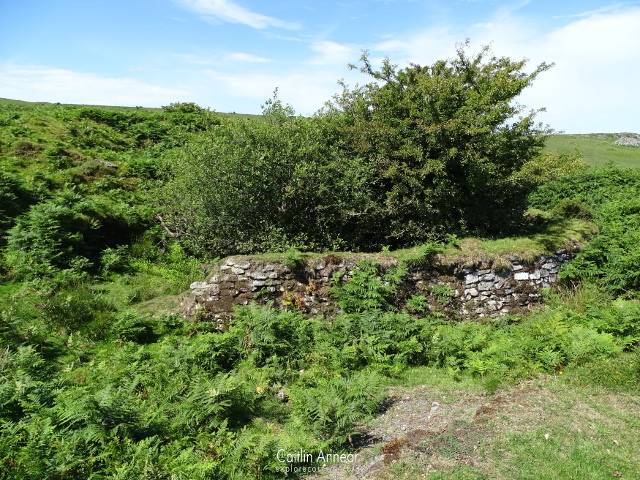
The collared shaft of Withybrook/Vatcher’s.
In 1879 the mine was restarted around Norris’ shaft, but this was short lived. From 1886 it was again amalgamated with its neighbours to form Pheonix and West Phoenix United Mines in an attempt to work it for tin and copper, but this only lasted three years.
During the 1950’s, both the engine houses on Norris’ shaft were demolished as part of an army demolition exercise. The remains can still be seen today in piles of rubble.
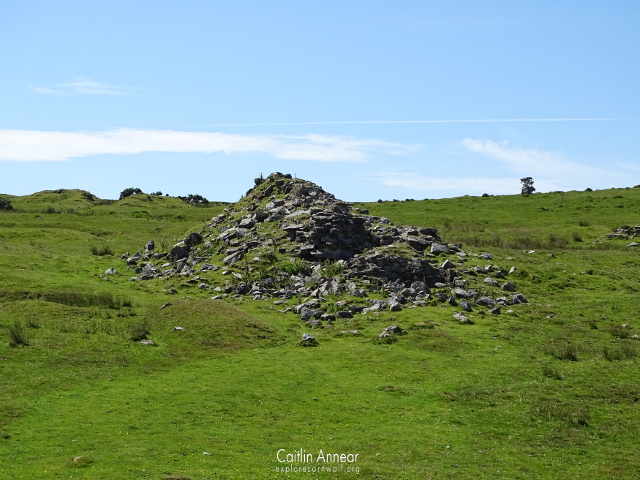
Polkinghorne’s (60 fathoms/110m), Withybrook Engine/Vatcher’s (35 fathoms/64m) and Norris’ (70 fathoms/128m).
Main
1872-5
308 tons (312,942 kg) of tin
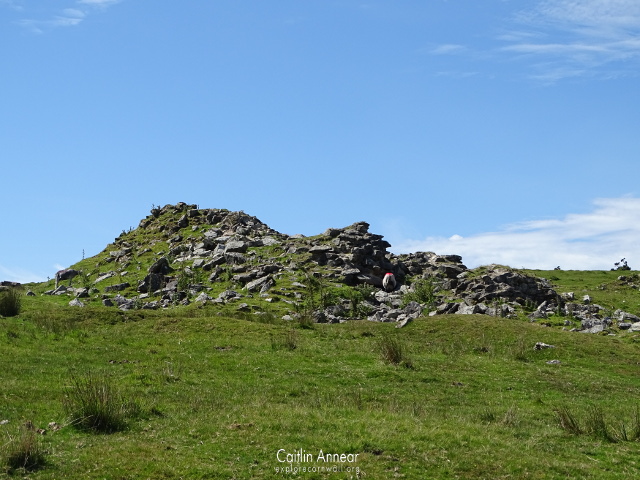
All that’s left of the 24″ whim, featuring a ubiquitous Minions sheep.
The first engine installed on the mine was a 30″ pumping engine from Caradon Wheal Hopper in 1850. This worked primarily on Withybrook/Vatcher’s, but may have pumped from Polkinghorne’s via flatrods.
In 1879/80 the two engine houses on Norris’ shaft were built. One a 70″ pumping engine, third hand from Wheal Caroline then Florence Mine; the other a 24″ whim and stamping engine that worked 64 heads of stamps. The last prominent feature was a 53′ waterwheel that also had 16 heads of stamps.
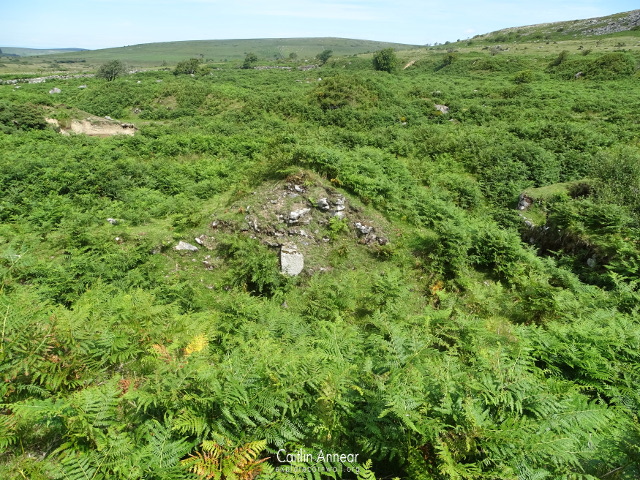
Access is free to everyone via common land on the moors. It doesn’t appear that any of the shafts in this area have been capped, but are fenced, so keep a distance. As this is common land, there are plenty of sheep hanging around, so be mindful if you have a dog.
There is plenty of free parking in Minions.
Acton, B. and Brown, K. (1999) Exploring Cornish Mines: Volume Four. Truro: Landfall Publications.
Dines, H. G. (1956) The metalliferous mining regions of south-west England. British Geological Survey.
Nance, D., Brown, K. and Clarke, T. (2019) A Complete Guide to the Engine Houses of Mid-Cornwall. Lydney: Lightmoor Press.
Sharpe, A. (1989) The Minions Survey Part 2. Truro. Available at: http://map.cornwall.gov.uk/reports_event_record/1989/1989R019.pdf.
